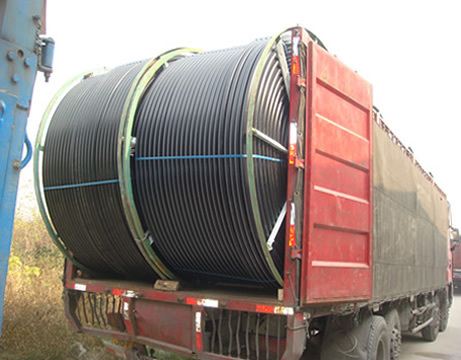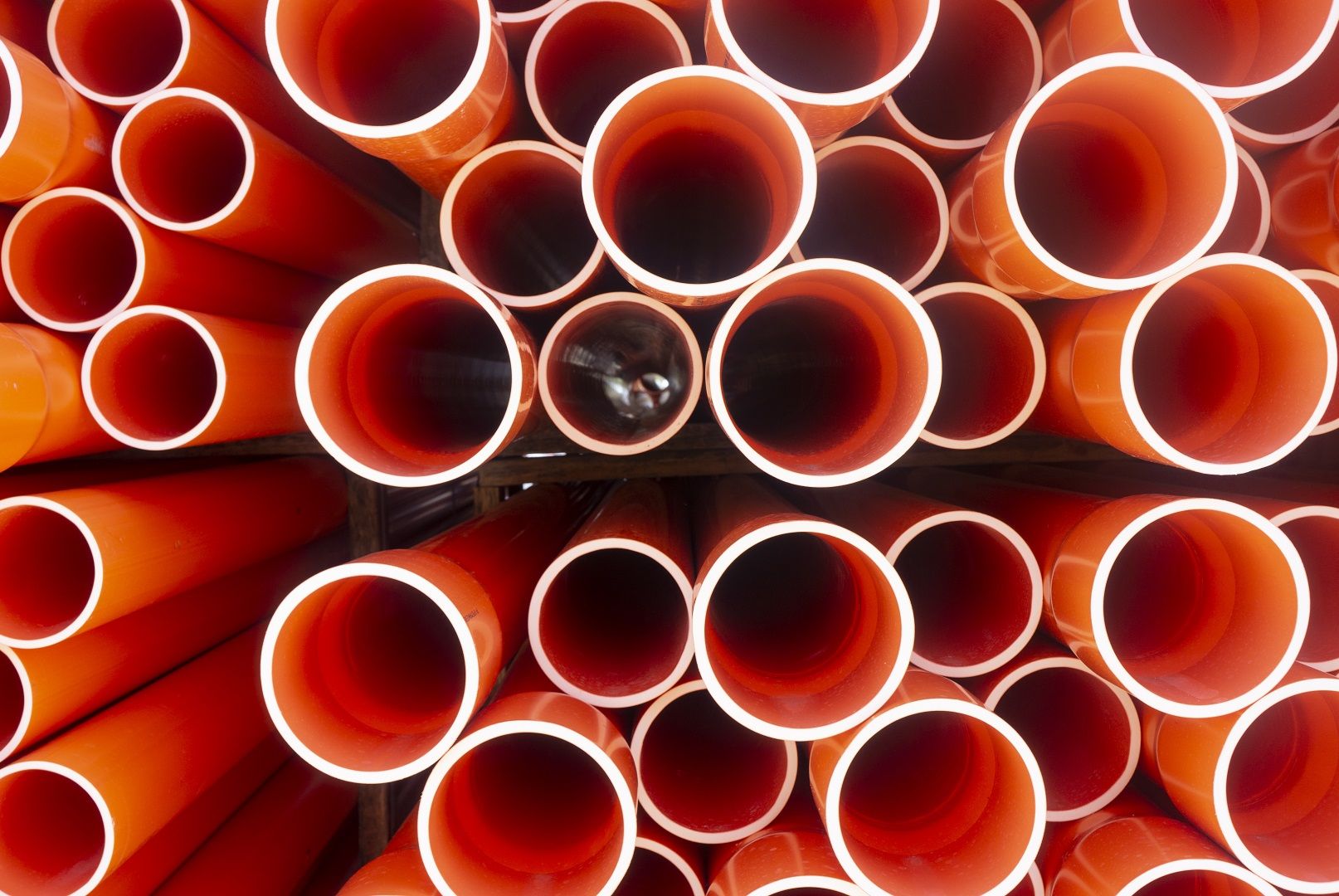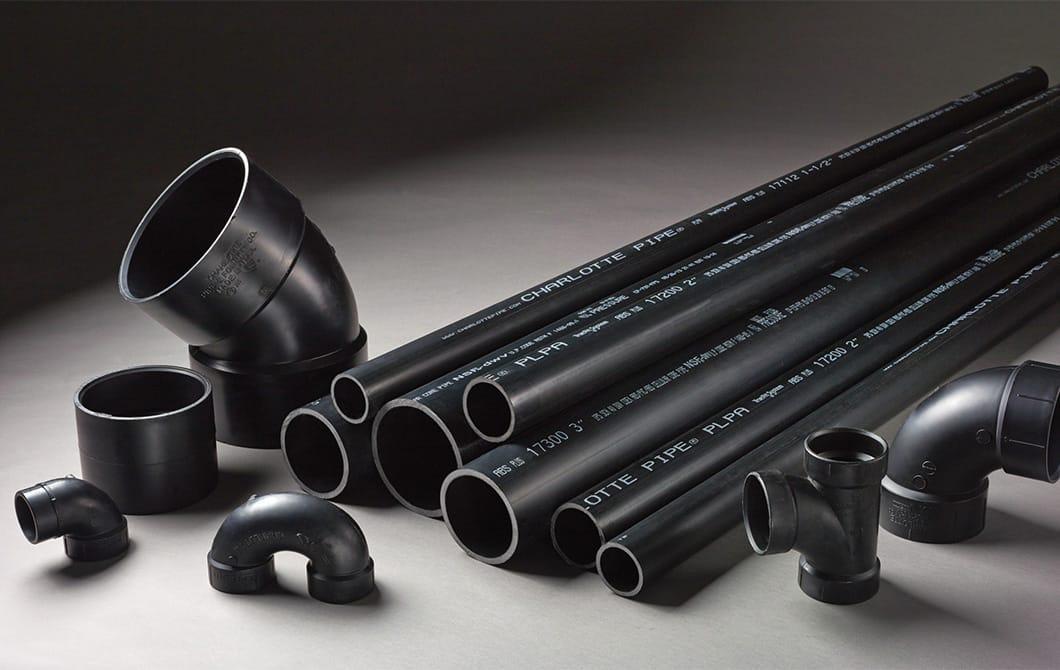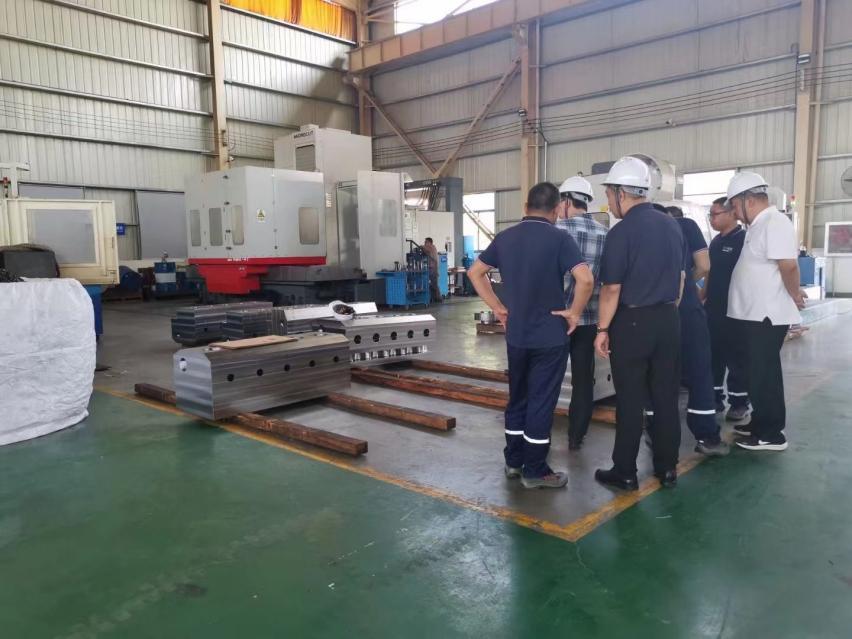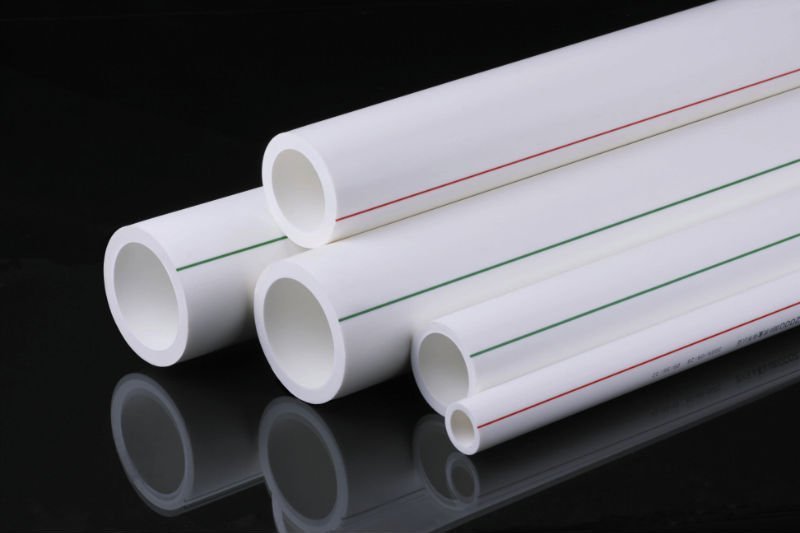Empowering Communication Networks with Innovative Porous Power Tubes
Nov 03,2024
Empowering Communication Networks with Innovative Porous Power Tubes
Table of Contents
- 1. Introduction to Porous Power Tubes
- 2. Understanding Porous Power Tubes
- 3. Key Design Features of Porous Power Tubes
- 4. Benefits of Using Porous Power Tubes in Communication Networks
- 5. Applications of Porous Power Tubes in Various Industries
- 6. Sustainability and Environmental Impact
- 7. Future Trends in Porous Power Tube Technology
- 8. Conclusion
- 9. Frequently Asked Questions
1. Introduction to Porous Power Tubes
In the ever-evolving landscape of communication technology, the demand for efficient and reliable power solutions has never been greater. **Porous power tubes** present a groundbreaking innovation, bridging the gap between high-performance requirements and sustainable practices. By integrating advanced materials science with cutting-edge engineering, these tubes offer a unique solution to modern communication challenges.
2. Understanding Porous Power Tubes
Porous power tubes are specialized conduits designed to manage electrical energy flow while allowing for necessary ventilation and heat dissipation. Their unique **porous structure** facilitates the movement of air or other gases, reducing overheating and enhancing overall performance. This design not only improves efficiency but also contributes to the longevity of communication devices.
2.1 The Composition of Porous Power Tubes
The manufacturing of porous power tubes involves advanced materials like **thermoplastic composites** and **polymeric matrices**. These materials are meticulously engineered to create a network of pores that can support airflow while maintaining structural integrity. This innovative composition plays a crucial role in their performance within communication networks.
3. Key Design Features of Porous Power Tubes
The effectiveness of porous power tubes is attributed to their unique design features. Understanding these attributes is essential for appreciating their role in communication networks.
3.1 Porosity and Airflow Management
One of the most significant design features is **porosity**. The degree of porosity impacts the airflow through the tube, allowing it to effectively manage heat generated by electrical components. This ensures that devices operate within safe temperature ranges, thus enhancing their reliability.
3.2 Lightweight and Durable Materials
Porous power tubes are created from lightweight yet durable materials, making them ideal for both portable and stationary applications. Their ability to withstand harsh environmental conditions while maintaining performance is a key consideration for manufacturers in the communication industry.
4. Benefits of Using Porous Power Tubes in Communication Networks
The implementation of porous power tubes in communication networks comes with numerous advantages that significantly impact performance and efficiency.
4.1 Enhanced Energy Efficiency
Porous power tubes contribute to enhanced energy efficiency by minimizing energy losses typically associated with heat. By maintaining optimal operating temperatures, they ensure that communication devices can function effectively, even under heavy loads.
4.2 Improved Signal Integrity
By managing heat and airflow, porous power tubes enhance signal integrity. This is particularly crucial in communication networks where signal degradation can lead to significant data loss. The improved thermal management allows for more reliable signal transmission.
4.3 Cost-Effectiveness
Investing in porous power tubes can lead to **long-term cost savings**. Their durability reduces maintenance needs, while their efficiency can lower energy consumption, leading to decreased operational costs in the long run.
5. Applications of Porous Power Tubes in Various Industries
Porous power tubes have found applications across multiple industries, each leveraging their unique properties to overcome specific challenges.
5.1 Telecommunications
In telecommunications, porous power tubes are utilized in various devices, including **routers**, **switches**, and **signal amplifiers**. Their ability to enhance cooling helps maintain optimal operation in high-demand scenarios.
5.2 Consumer Electronics
The consumer electronics sector benefits from porous power tubes in products such as **smartphones**, **tablets**, and **laptops**. By improving thermal management, these tubes help extend device lifespan and improve user experience.
5.3 Automotive Industry
In the automotive sector, porous power tubes are used to manage the electrical systems of electric vehicles (EVs). The need for efficient power management in EVs makes these tubes an attractive solution for manufacturers.
6. Sustainability and Environmental Impact
Sustainability is a growing concern in technology manufacturing. Porous power tubes align with these values through their efficient design and materials.
6.1 Eco-Friendly Materials
Manufacturers are increasingly using **eco-friendly materials** in the production of porous power tubes. This shift not only reduces environmental impact but also meets consumer demand for sustainable products.
6.2 Energy Reduction
The energy-efficiency benefits of porous power tubes contribute to a lower carbon footprint during operations. By optimizing power usage, they play a vital role in the broader context of energy conservation.
7. Future Trends in Porous Power Tube Technology
As technology advances, so do the applications and designs of porous power tubes.
7.1 Integration with Smart Technologies
The future of porous power tubes may see their integration into **smart technologies**. As devices become more interconnected, the need for efficient power solutions that can adapt to varying demands will grow.
7.2 Advanced Manufacturing Techniques
Emerging manufacturing techniques, such as **3D printing**, may revolutionize the production of porous power tubes. This could lead to more complex designs and improved performance characteristics, driving further innovation.
8. Conclusion
The importance of porous power tubes in empowering communication networks cannot be overstated. Their unique design features, combined with their numerous benefits, make them a crucial component in the quest for more efficient and sustainable communication solutions. As technology continues to evolve, porous power tubes will play a significant role in shaping the future of communication networks, ensuring they remain robust, efficient, and environmentally friendly.
9. Frequently Asked Questions
What are porous power tubes?
Porous power tubes are specialized conduits designed to manage electrical energy flow while allowing airflow for cooling, enhancing the efficiency and longevity of communication devices.
How do porous power tubes improve communication networks?
They improve communication networks by enhancing energy efficiency, maintaining signal integrity, and providing cost-effective solutions through better thermal management.
What industries utilize porous power tubes?
Porous power tubes are used in telecommunications, consumer electronics, and the automotive industry, among others, to manage power and heat effectively.
Are porous power tubes environmentally friendly?
Yes, many manufacturers use eco-friendly materials and designs that promote energy efficiency, contributing to a reduced environmental impact.
What future developments can we expect in porous power tube technology?
We can expect advancements in integration with smart technologies and the adoption of advanced manufacturing techniques like 3D printing, enhancing performance and capabilities.
In conclusion, porous power tubes are more than a simple technological advancement; they represent a shift towards more sustainable and efficient communication networks. By understanding their design, benefits, and applications, we can better appreciate their role in the future of communication technology.
Latest News


